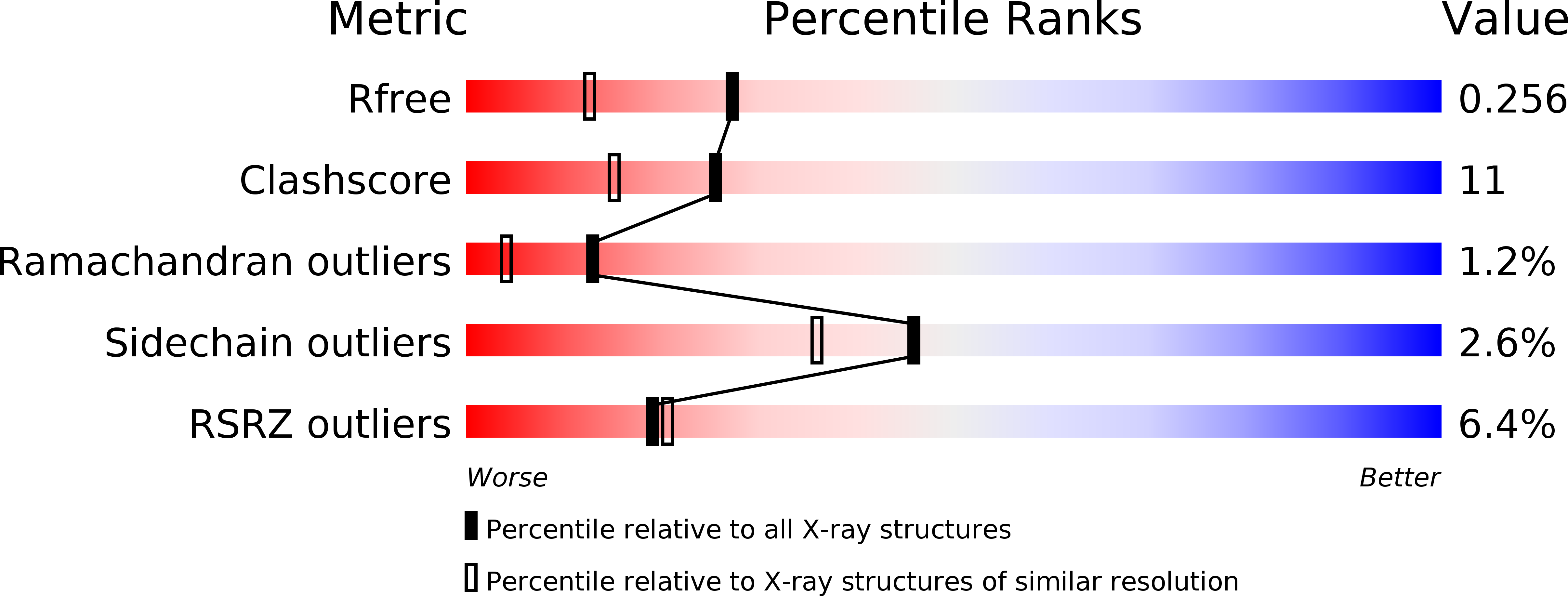
Deposition Date
2018-05-18
Release Date
2019-03-13
Last Version Date
2023-10-11
Entry Detail
PDB ID:
6DHA
Keywords:
Title:
Crystal Structure of Human PPARgamma Ligand Binding Domain in Complex with Hydroxy Pioglitazone (M-IV)
Biological Source:
Source Organism:
Homo sapiens (Taxon ID: 9606)
Host Organism:
Method Details:
Experimental Method:
Resolution:
1.88 Å
R-Value Free:
0.25
R-Value Work:
0.22
R-Value Observed:
0.22
Space Group:
C 1 2 1


